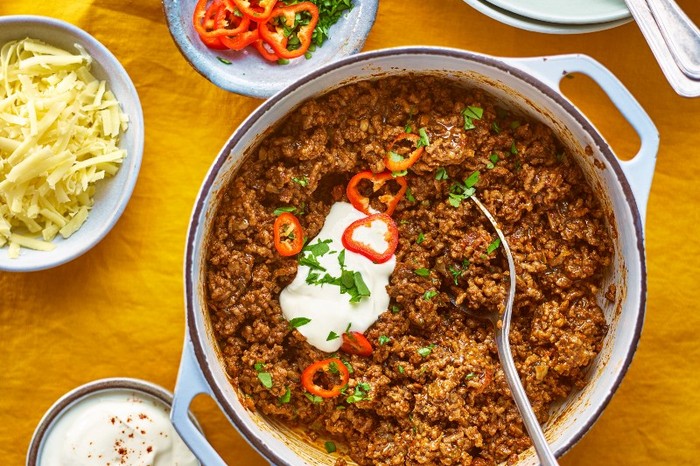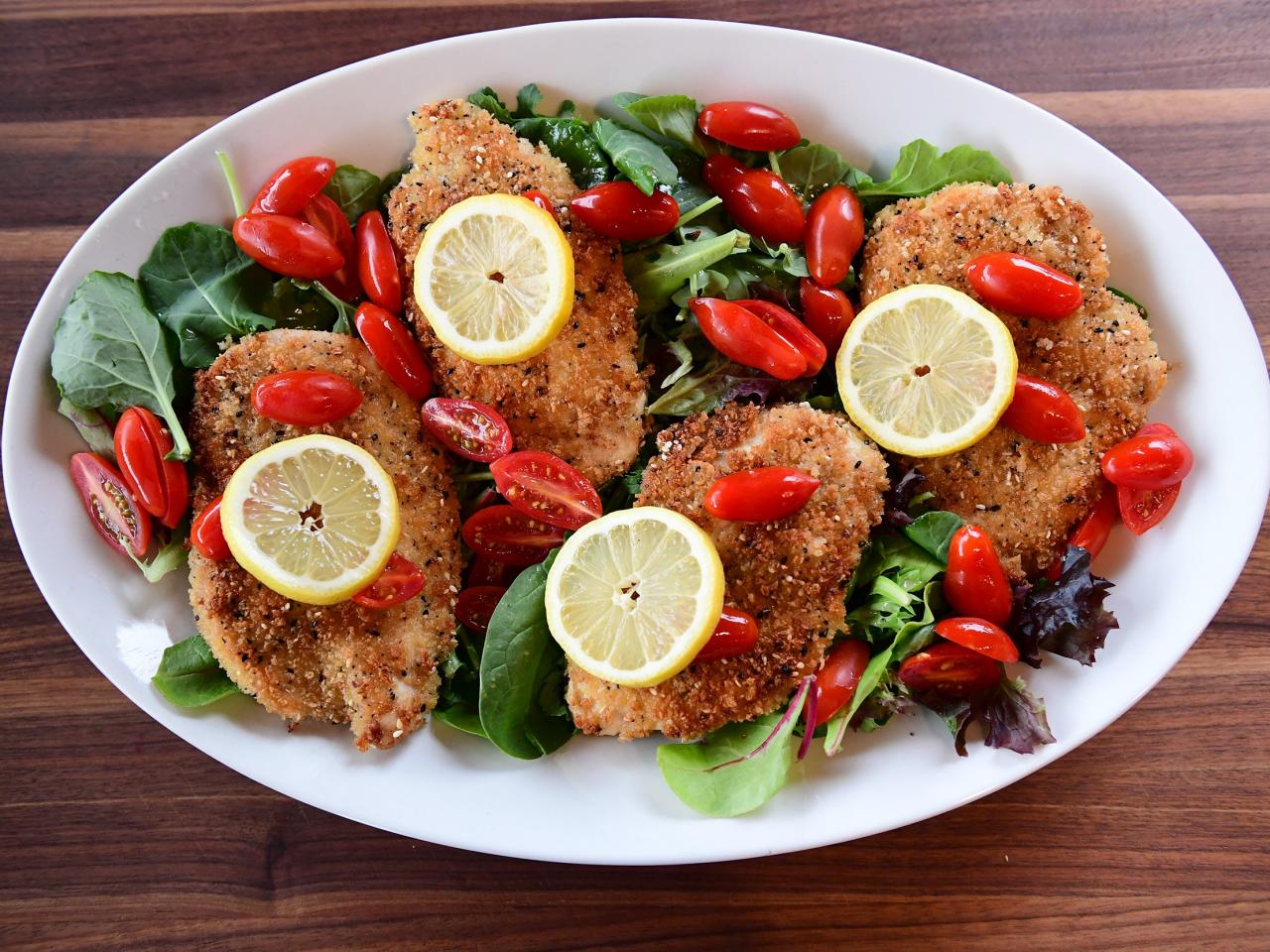A prime rib roast is the centerpiece of any special meal, with its tender, juicy meat and rich flavor making it a standout dish for holidays and celebrations. While cooking a prime rib can seem intimidating, it’s actually quite simple when you follow a few key steps. Here’s a guide on how to cook the perfect prime rib roast every time, ensuring it’s cooked to perfection with a flavorful crust and a juicy, tender interior.
1. Choosing the Right Cut
To cook the perfect prime rib, start by choosing the right cut. Prime rib comes from the rib section of the cow, between ribs 6 and 12, and can be sold bone-in or boneless. While boneless roasts are easier to carve, bone-in roasts tend to be more flavorful and juicy due to the bones’ insulation effect during cooking.
- Recommended Size: Plan for about 1 pound of meat per person. For a bone-in roast, 3-4 ribs will serve about 6-8 people.
- Grade: Choose a high-quality roast. Prime grade has the most marbling and will be the most tender and flavorful, but Choice grade is also a good option for a more affordable roast.
2. Seasoning Your Prime Rib
A prime rib roast is a naturally flavorful cut of beef, so it doesn’t require heavy seasoning. However, a well-seasoned roast creates a delicious crust that enhances the flavor. Generously season your roast with salt and pepper, or create a herb rub for added flavor.
- Basic Seasoning: Use kosher salt and freshly ground black pepper. Let the roast sit with the seasoning for at least 1-2 hours, or preferably overnight in the fridge.
- Herb Crust Option: Combine garlic, rosemary, thyme, olive oil, and black pepper to make a paste. Rub this mixture generously over the entire surface of the roast before cooking.
3. Let the Roast Come to Room Temperature
Before cooking, it’s crucial to let the roast come to room temperature. This ensures even cooking throughout. Take the prime rib out of the refrigerator 2-3 hours before you plan to cook it.
4. Searing the Roast
Searing your prime rib roast helps lock in the juices and creates a beautiful crust. Preheat your oven to 450°F (230°C). Place the roast, fat side up, in a roasting pan and cook it at this high temperature for about 15-20 minutes. This initial sear will give the roast a caramelized exterior.
5. Cooking Low and Slow
After the sear, reduce the oven temperature to 325°F (160°C) and continue cooking the roast. Cooking prime rib slowly allows the meat to cook evenly, ensuring that the center remains tender and juicy.
- Cooking Times:
- For rare: Cook until the internal temperature reaches 120°F (49°C), which takes about 15 minutes per pound.
- For medium-rare: Cook until the internal temperature reaches 130°F (54°C), which takes about 20 minutes per pound.
- For medium: Cook until the internal temperature reaches 135°F (57°C), which takes about 25 minutes per pound.
6. Using a Meat Thermometer
A meat thermometer is essential for perfectly cooking prime rib. Insert the thermometer into the thickest part of the roast, avoiding any bones. This will give you an accurate reading of the internal temperature. Remember that the roast will continue to cook as it rests, so remove it from the oven when it is 5-10°F (3-5°C) below your desired doneness.
7. Letting the Roast Rest
Resting is crucial for ensuring a juicy prime rib. Once your roast reaches the desired temperature, remove it from the oven, and tent it loosely with aluminum foil. Allow the roast to rest for 20-30 minutes. During this time, the juices will redistribute throughout the meat, ensuring every bite is tender and moist.
8. Carving the Prime Rib
When carving your prime rib, always slice against the grain to maximize tenderness. If you have a bone-in roast, use a sharp knife to cut along the bones first to remove the rib section, and then slice the meat into even, ½-inch to 1-inch thick slices.
9. Serving Suggestions
Prime rib is rich and flavorful, so it pairs well with side dishes that complement, rather than overpower, its taste. Classic accompaniments include:
- Yorkshire pudding: A traditional English side made from a batter of flour, eggs, and milk, baked until puffy and golden.
- Horseradish sauce: A creamy, tangy sauce made with prepared horseradish that adds a zesty kick to the rich meat.
- Roasted vegetables: Carrots, Brussels sprouts, and potatoes roasted with olive oil and herbs make for a perfect side.
Tips for Success:
- Buy the Best Roast: For the most flavorful and tender prime rib, always choose a well-marbled roast, preferably USDA Prime or Choice grade.
- Season Early: Season your roast at least 1-2 hours before cooking or up to 24 hours in advance to allow the seasoning to penetrate the meat.
- Rest the Meat: Never skip the resting step—it ensures the juices redistribute throughout the meat for the best texture and flavor.
- Use a Meat Thermometer: Rely on temperature, not time, to determine doneness. This is the best way to avoid overcooking or undercooking your prime rib.
Conclusion
Cooking the perfect prime rib roast is easier than it seems, and by following these steps, you can create a stunning, restaurant-quality dish at home. With a juicy, tender interior and a crisp, flavorful crust, prime rib roast is sure to be a hit at any gathering. Whether you prefer your roast rare or well-done, the key to success lies in choosing a good cut, seasoning generously, cooking slowly, and using a thermometer to ensure it’s cooked to perfection every time.




